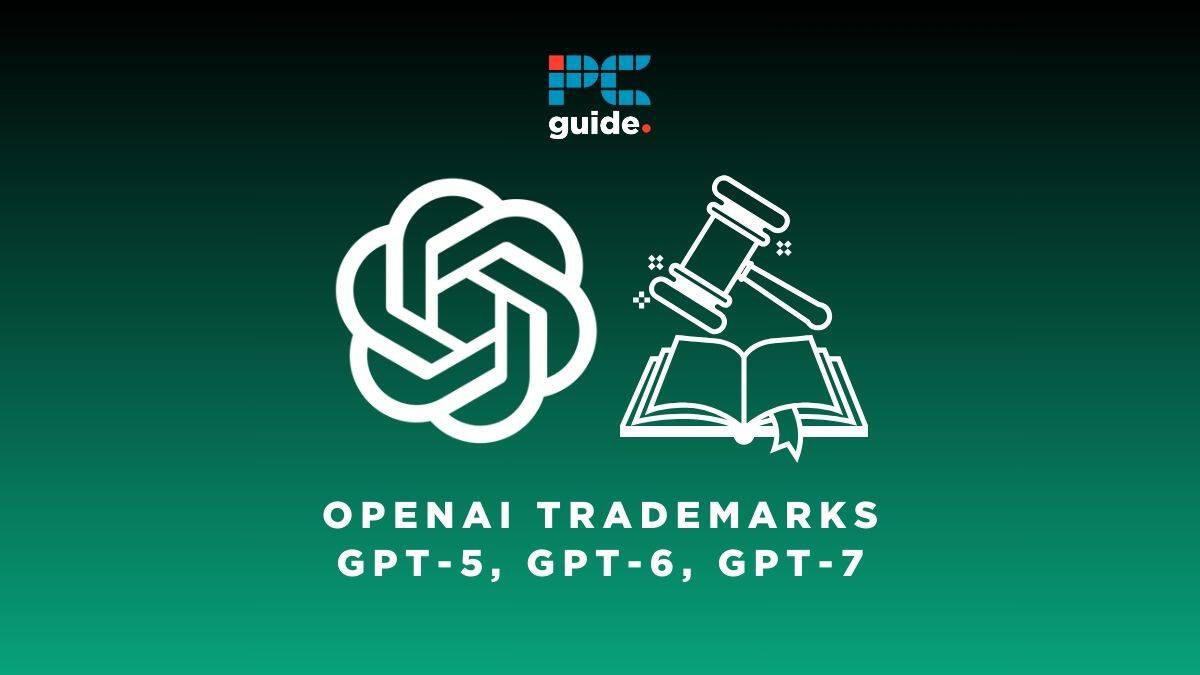OpenAI files trademark for GPT-5

Table of Contents
Sam Altman & Elon Musk co-founded AI firm, OpenAI, have filed a new trademark application. It will be a surprise to exactly no-one that following GPT-4, OpenAI is planning for GPT-5. The exciting part is finding out just what we can expect from ChatGPT powered by future machine learning language models.
The GPT-5 trademark application
On July 18th, OpenAI initiated the trademark registration for “GPT-5” at the US Patent and Trademark Office. A company is required to be specific about what a proposed trademark will apply to. In this case, no other firm would be allowed to use “GPT-5” in the context of downloadable computer programs or downloadable computer software relating in any way to NLP (Natural Language Processing). Try “What is ChatGPT – and what is it used for?” or “How to use ChatGPT on mobile” for further reading on ChatGPT.
Since then, OpenAI has also filed for the trademark for GPT-6 and GPT-7, as of October 20th, 2023.
None of the applications have “yet been assigned to an examiner.” The explicit wording, courtesy of the USPTO (The United States Patent and Trademark Office) is as follows:
“GPT-5™ trademark registration is intended to cover the categories of downloadable computer programs and downloadable computer software for using language models; downloadable computer programs and downloadable computer software for the artificial production of human speech and text; downloadable computer programs and downloadable computer software for natural language processing, generation, understanding and analysis; downloadable computer programs and downloadable computer software for machine-learning based language and speech processing software; downloadable computer programs and downloadable computer software for the translation of text or speech from one language to another; downloadable computer programs and downloadable computer software for sharing datasets for the purpose of machine learning, predictive analytics, and building language models; downloadable computer programs and downloadable computer software for conversion of audio data files into text; downloadable computer programs and downloadable computer software for voice and speech recognition; downloadable computer programs and downloadable computer software for creating and generating text; downloadable computer programs and downloadable computer software for developing, running and analyzing algorithms that are able to learn to analyze, classify, and take actions in response to exposure to data; downloadable computer programs and downloadable computer software for developing and implementing artificial neural networks.”
uspto.report
Essential AI Tools
What will GPT-5 be able to do?
The capabilities of GPT-5 will be no small leap from those of GPT-4. In terms of absolute power, quantified as parameters for models of this kind, it is expected to be the most powerful AI the world has ever seen. It will be more powerful than the most recent upgrade to the GPT-4 foundation model, GPT-4 Turbo. Chats will also, almost certainly, feature multimodal capabilities with audio-visual media, as we already see in competitors Bing Chat and Google Bard. The recent trademark application has already sparked much speculation as to which potential advancements we’ll see by the end of the year. How close are we to AGI (artificial General Intelligence)?
“Until we train that model, it's like a fun guessing game for us,” says OpenAI CEO Sam Altman, “We're trying to get better at it, because I think it's important from a safety perspective to predict the capabilities. But I can't tell you exactly what it's going to do that GPT-4 didn't.”
Altman discussed what can be expected with the Economic Times on June 7th 2023, saying “We have a lot of work to do before GPT 5. It takes a lot of time for it. We are not certainly close to it. There needs to be more safety audits. I wish I could tell you about the timeline of the next GPT.”
